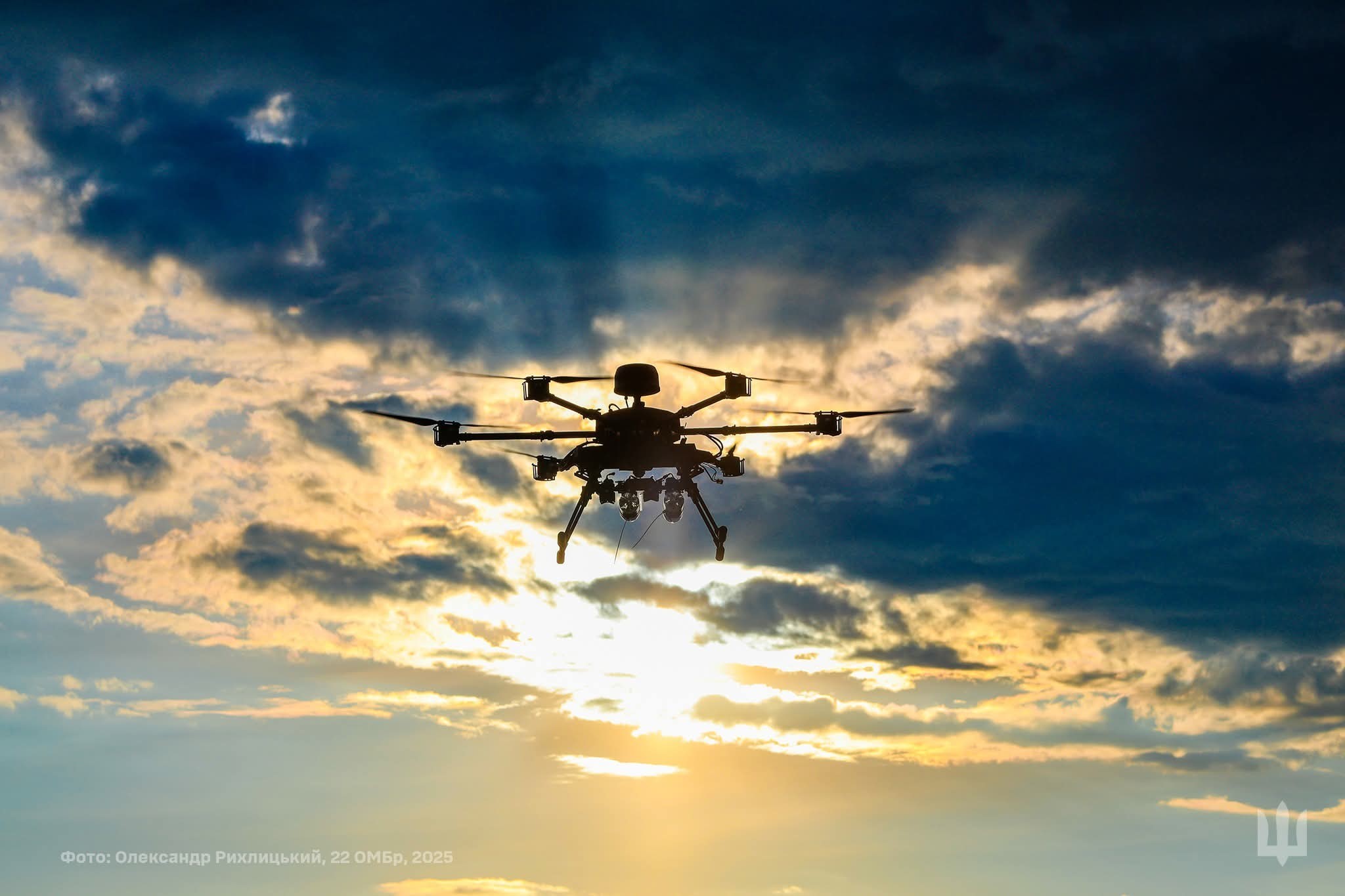The United States is ending military aid to Ukraine, shifting responsibility for Kyiv’s defense onto Europe — which has so far failed to match its rhetoric with real support. That’s the conclusion drawn by journalist and war analyst Owen Matthews in a recent Telegraph opinion piece.
Speaking at Congressional hearings on the 2026 US defense budget, Defense Secretary Pete Hegseth confirmed the Trump administration has a “very different view” of the war than its predecessor, favoring a “negotiated peaceful settlement.” The move brings an end to the Biden-era policy that sent $74 billion in US military aid to Ukraine since Russia’s 2022 invasion.
That aid included critical systems like Patriot missile defenses, HIMARS, tanks, and long-range artillery—support Kyiv now stands to lose.
Europe promises more than it pays
With the US stepping back, Europe is expected to take the lead. But Matthews points out that Europe’s follow-through has been inconsistent at best.
EU Commission President Ursula von der Leyen’s widely publicized ReArm Europe plan suggested €800 billion in defense spending—but the figure relied on easing borrowing rules, not actual funds. A proposed €40 billion EU arms package for Ukraine was blocked by member states, including Hungary and Italy. Only €1 billion, pulled from frozen Russian assets, has so far materialized.
Meanwhile, Europe is projected to spend over €20 billion on Russian oil, gas, coal, and uranium in 2025—more than it is expected to spend on Ukraine’s defense.
“As long as Europe continues to spend more on financing Putin’s war machine than it does on Ukraine’s, its promises… ring rather hollow,” Matthews writes.
Ukraine ramps up but faces gaps
Despite limited external support, Ukraine is expanding domestic arms production. Local output now meets up to 50% of military needs, including howitzers, drones, and electronic warfare tools. Matthews notes that Ukraine’s Limma jamming system outperforms Western and Russian equivalents.
Still, Ukraine remains vulnerable: shortages in ammunition, spare parts, and trained soldiers persist. Reports of forced conscription have triggered online backlash.
Russia, meanwhile, is set to spend $160 billion on defense this year—double Ukraine’s—and benefits from lower production costs.
With US aid gone and European promises still falling short, Matthews argues Kyiv is now fighting for survival with diminishing resources and uncertain allies.




